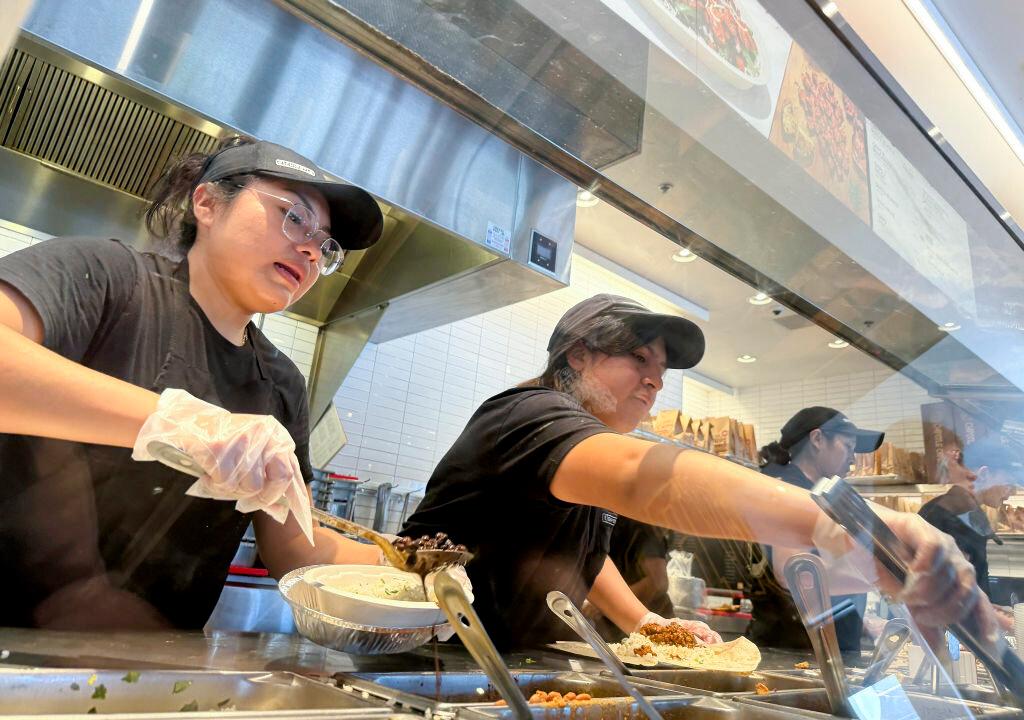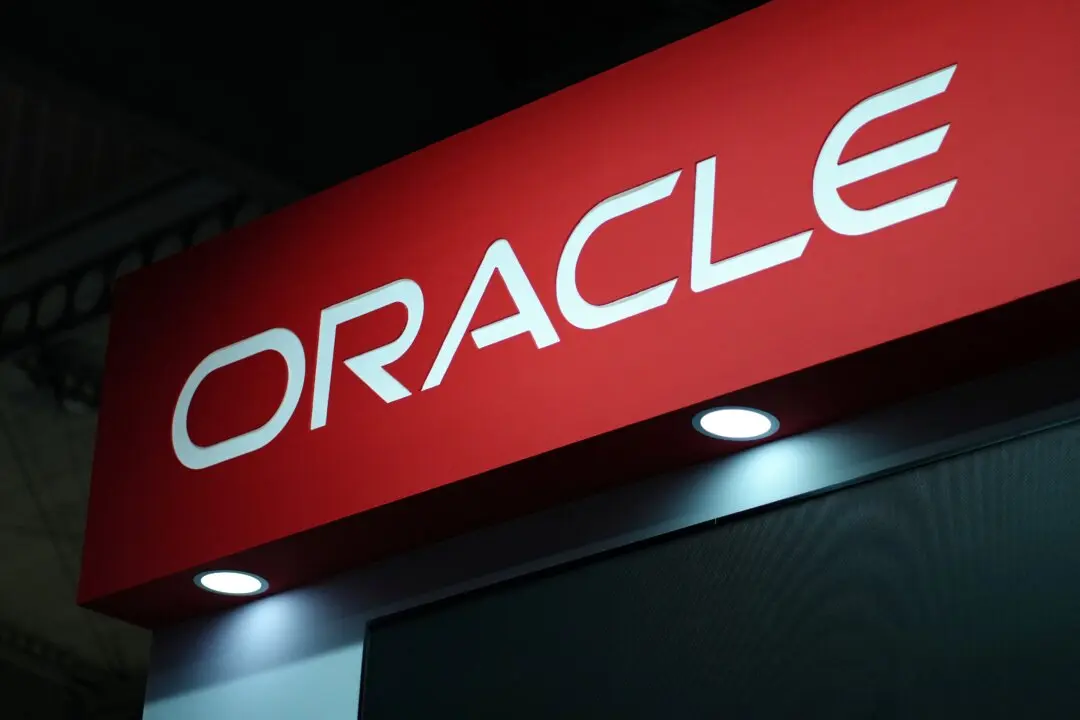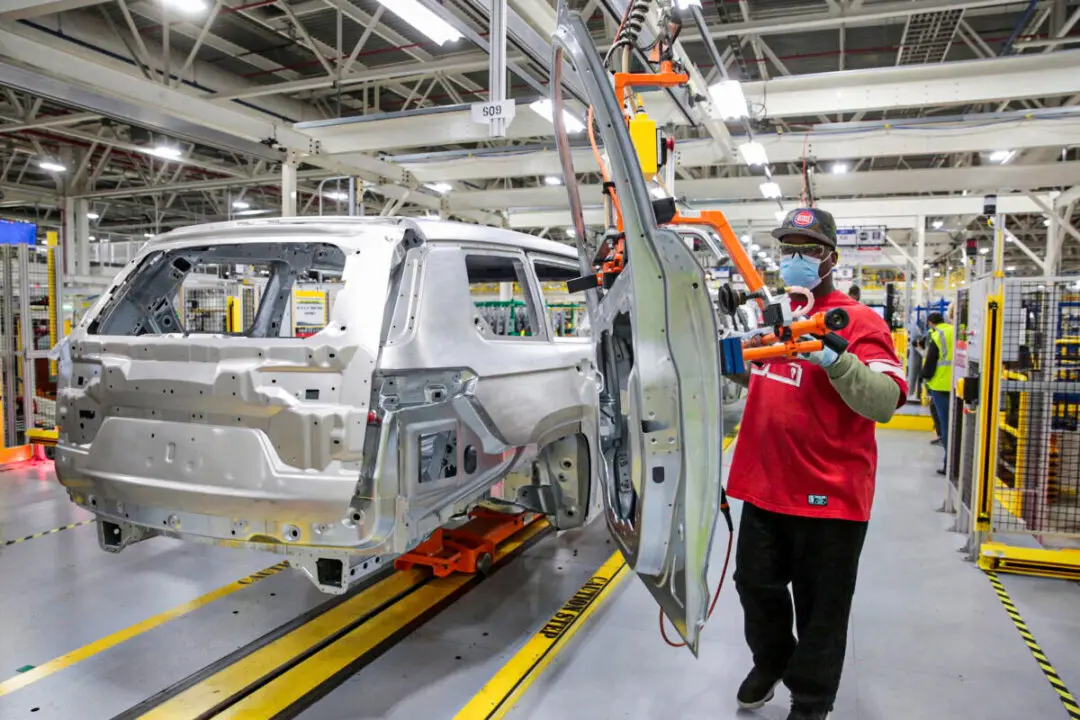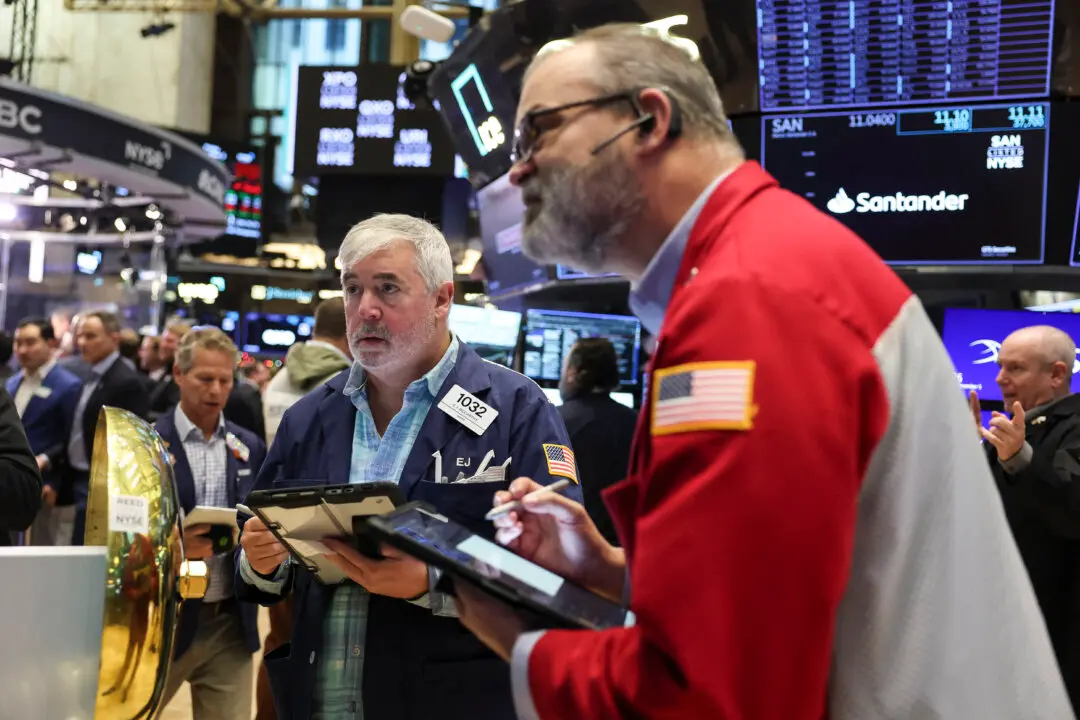California’s April 1 minimum wage hike for fast food restaurant workers has mainly been paid for by consumers in the form of higher prices for fast food and by restaurant owners in the form of lower profit margins, according to a recent study by the Institute for Research on Labor and Employment (IRLE).
Employment remained stable, meaning that workers received the full benefit of the minimum wage hike.





